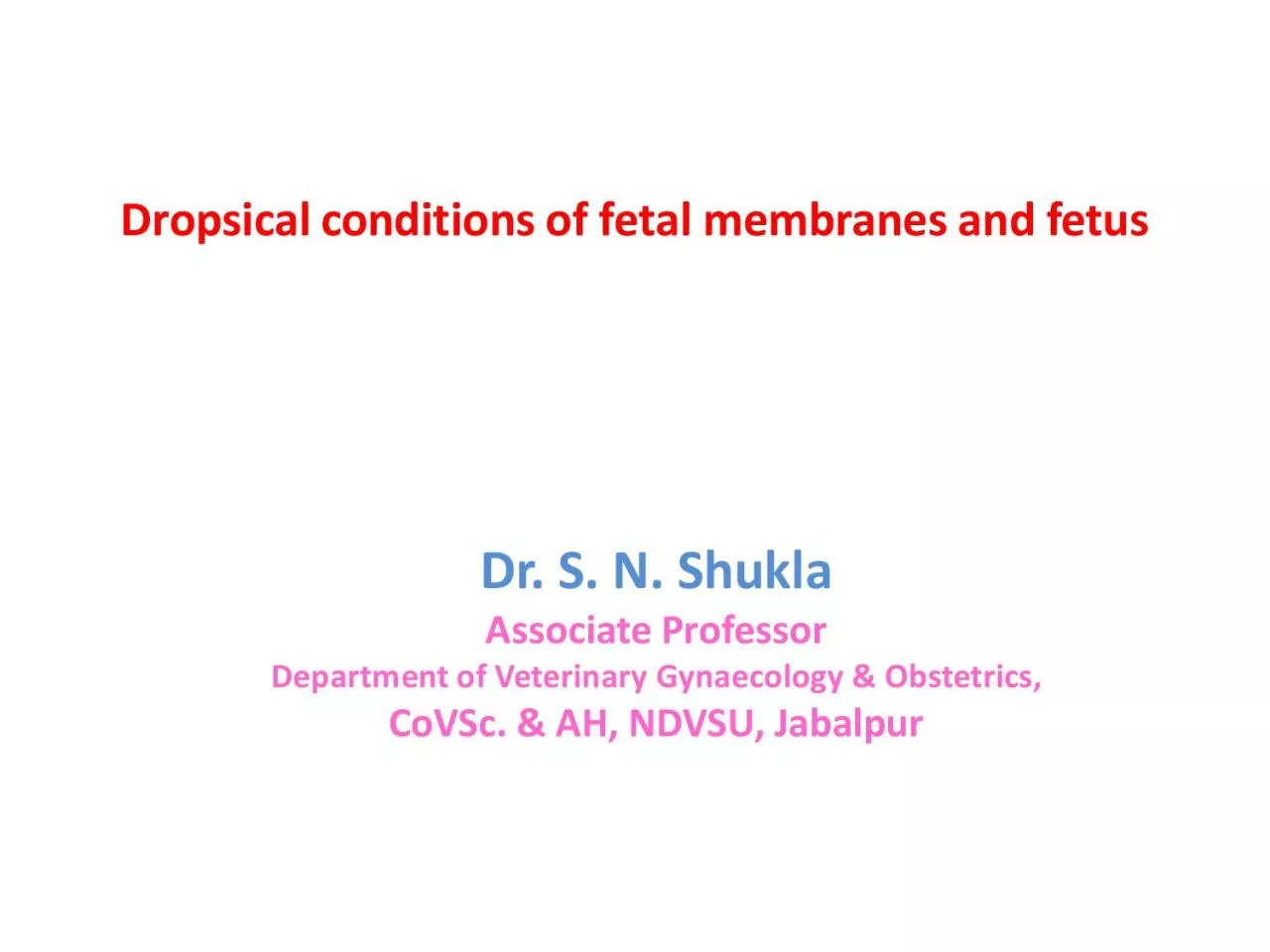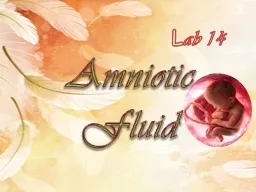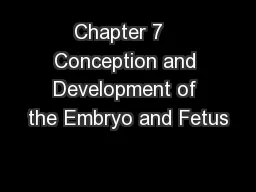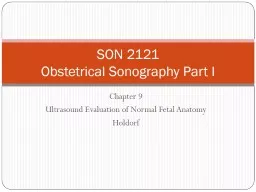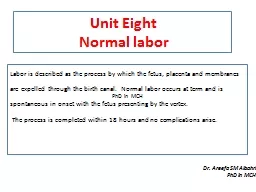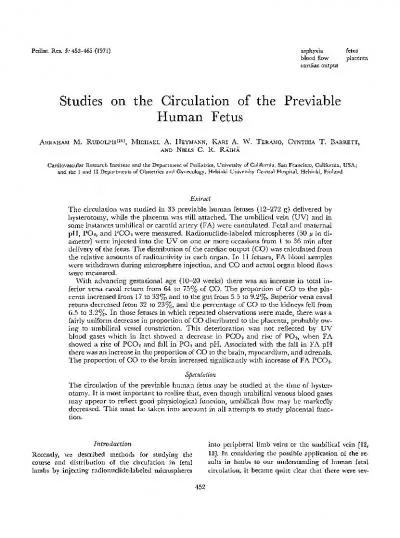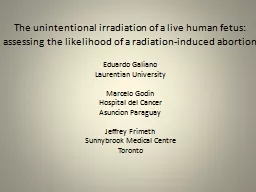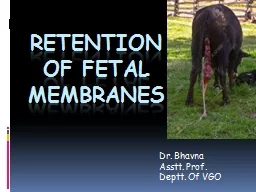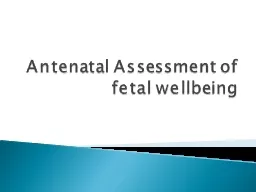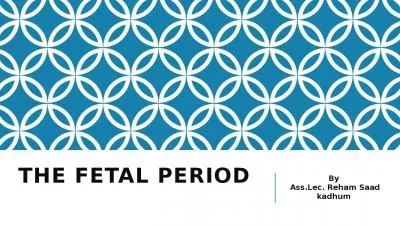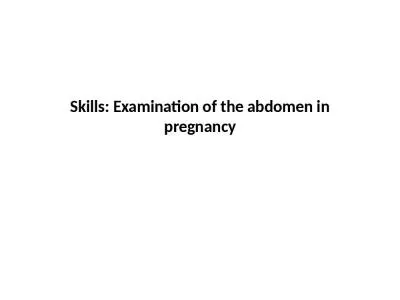PDF-Dropsical conditions of fetal membranes and fetus
Author : anderson | Published Date : 2022-09-06
Dr S N Shukla Associate Professor Department of Veterinary Gynaecology Obstetrics CoVSc AH NDVSU Jabalpur Diseases and accidents of gestation 1 Extrauterine pregnancies 2 Dropsy
Presentation Embed Code
Download Presentation
Download Presentation The PPT/PDF document "Dropsical conditions of fetal membranes ..." is the property of its rightful owner. Permission is granted to download and print the materials on this website for personal, non-commercial use only, and to display it on your personal computer provided you do not modify the materials and that you retain all copyright notices contained in the materials. By downloading content from our website, you accept the terms of this agreement.
Dropsical conditions of fetal membranes and fetus: Transcript
Download Rules Of Document
"Dropsical conditions of fetal membranes and fetus"The content belongs to its owner. You may download and print it for personal use, without modification, and keep all copyright notices. By downloading, you agree to these terms.
Related Documents

